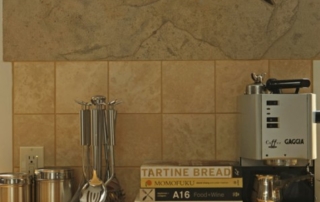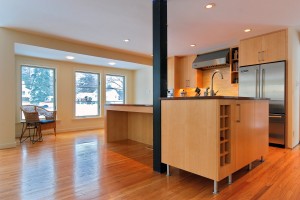Finding the Magic in Your Home
We often talk to new clients who come to the table with ideas about all kinds of “stuff” they want to buy and install in their homes. While this is[...]
A Visual Breakdown of Kitchen Renovation Costs
I asked Dana, who is very good with the computers, to give us a simple pie chart of one of our recent kitchen projects. Here you go: I wanted this[...]
Luxe Details Make Even a Small Project Sing
This small master bath renovation that we've been working on is coming to a close, and the final “shiny bits ” are now going in. Along with the sleek chrome[...]
“Saving a Few Bucks” Can Cost You More
Over the course of many years in business, we’ve had many customers who look for ways to save money on their home-improvement projects. One way they attempt to do this[...]
Personalization: Every Home Tells a Story
When we work with homeowners in the design phase of a home improvement project, we ask about them about how they live their lives and how they use their rooms.[...]
Phases of the Typical Home Interior Renovation
Design/Planning Phase – This is an often overlooked, but very important, phase of any home renovation or repair project. Even if your project is as simple as hanging a door[...]
How To; Plumb, Level, Square
Here is an example of one way to get an old rolling floor level. This is a kitchen we are doing in Queen Village, an area of South Philadelphia. It's[...]
Taking Control of Your Home Reno Experience
When our company begins any new home renovation project with a client, I ask the homeowners what kind of remodeling experience they want to have. They always look at me[...]
A New Life for Their Space, A Better Life for Them
John and Judy* live in a three-story row home. They both commute to their city office jobs on bicycles. They bought their home when it was just the two of[...]
When It Comes to Older Homes, Small Is Not the New Big
In the world of new construction, the mantra is “small is the new big.” This means that people who are building new homes appear to be tired of — or[...]












